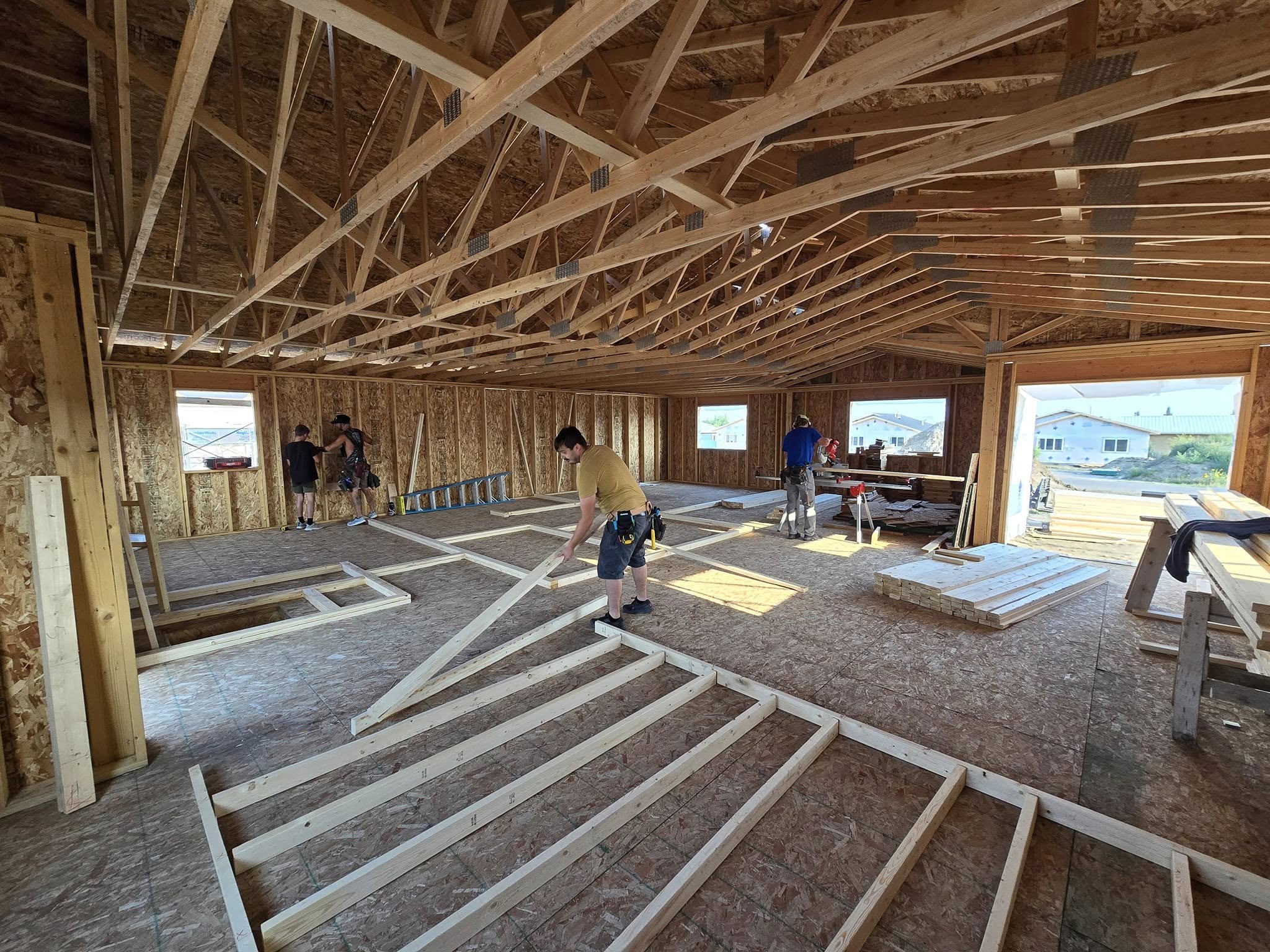Kelo v. New London remains a sticky subject. (Ongoing debate in Shelterforce and Rooflines is proof of that.) The 2005 Supreme Court case that upheld a municipality’s ability to take private land for private development in the public interest is surfacing again as right-wingers search for ammunition to derail the confirmation of Judge Sonia Sotomayor.
In 2004, a Second Circuit panel that included Sotomayor upheld a municipally-designated redevelopment area’s precedence over an individual land owner’s development plans, despite the municipal developer’s onerous demand. The Wall Street Journal blogged an excerpt of an amicus brief decrying Port Chester’s victory in Didden v. Port Chester:
In 1999, the village of Port Chester, N.Y., established a “redevelopment area” and gave its designated developer, Gregg Wasser, a virtual blank check to condemn property within it. In 2003, property owners Bart Didden and Dominick Bologna approached Wasser for permission to build a CVS pharmacy on land they own inside the zone. His response: Either pay me $800,000 or give me a 50% partnership interest in the CVS project. Wasser threatened to have the local government condemn the land if his demands weren’t met. When the owners refused to oblige, their property was condemned the next day.
Urban real estate development is most cost-effective on a large scale. In cities, where small areas can be divided into dozens of parcels each with different owners, redevelopment often hinges on assembling site control of large swaths of contiguous land. One hold-out can derail the whole project. Hence the rationale for upholding municipal revitalization plans over individuals’ property rights: projects that truly benefit all of an area’s residents outweigh a few residents’ rights.
Still — once a city establishes its intent to gain site control, do municipalities’ private partners have the right to dictate conditions to current landowners? Do those rights continue when their demands enrich those private partners at landowners’ expense? Most importantly, what does this mean about how Sotomayor might rule on other property issues that affect urban revitalization?




Comments